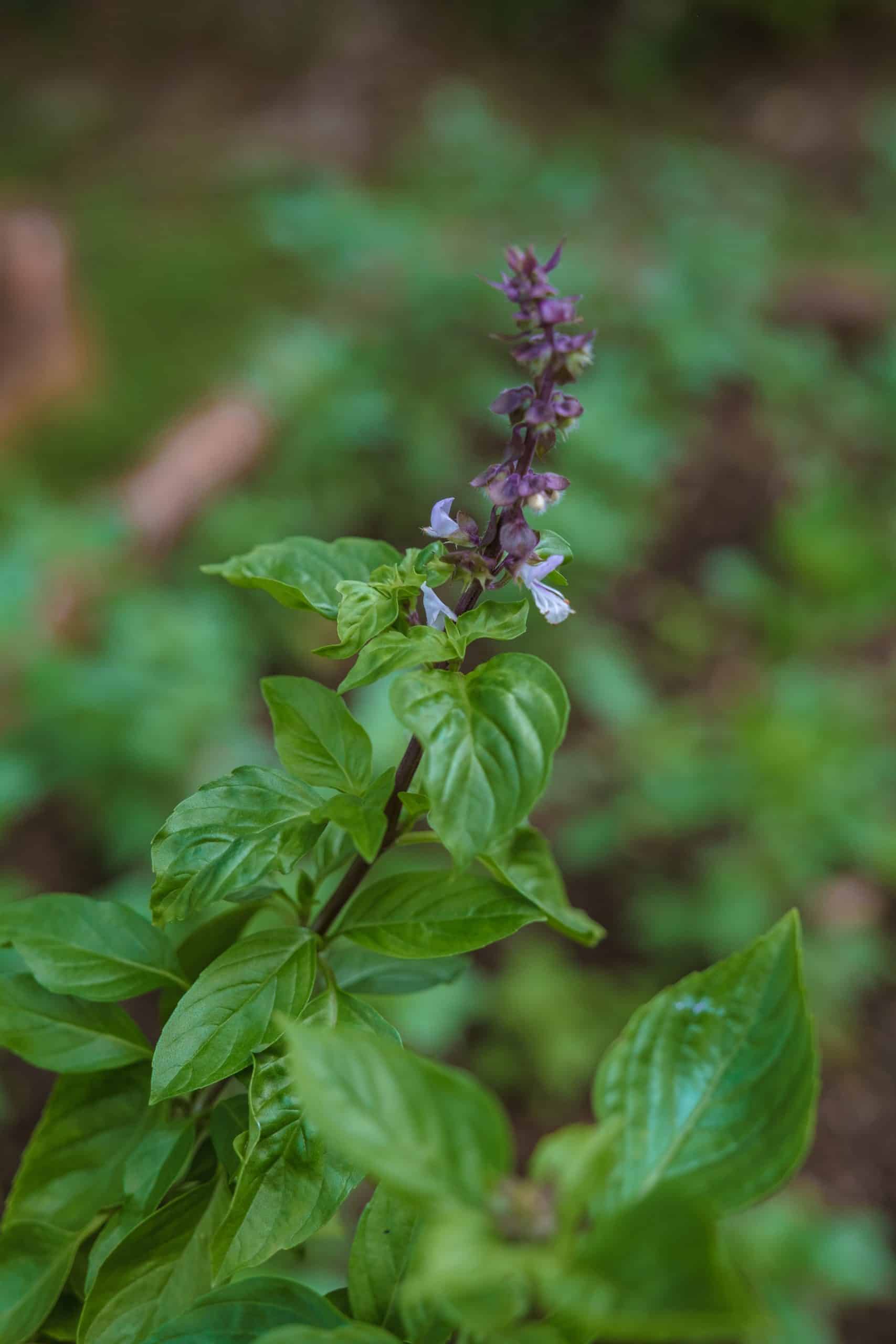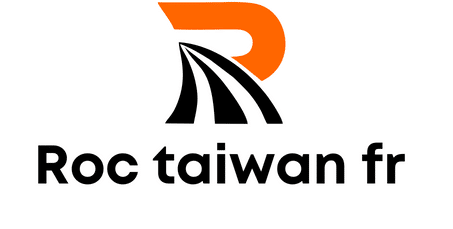How Can You Design an Eco-Friendly Roof Garden with Native Plants?

As we become more aware of our environmental footprint and the importance of green spaces in urban areas, rooftop gardens are growing in popularity. These living roofs not only add beauty and natural charm to our buildings but also contribute significantly to sustainability efforts. In this article, we will walk you through the process of designing an eco-friendly roof garden with native plants. Let’s start exploring the art of rooftop gardening.
The concept of Green Roofs
You may be wondering what exactly a green roof is. Rather than being just a rooftop painted green, a green roof is a living layer of vegetation planted over a waterproof membrane on top of a building. The garden can be either intensive, with a variety of plant species including trees and shrubs, or extensive, with low-growing and low-maintenance plants.
A voir aussi : How to Construct a Vertical Bike Storage Solution in a Small Apartment?
Rooftop gardens offer numerous benefits, including absorbing rainwater, providing insulation, creating habitats for wildlife, increasing the lifespan of roofing membranes, and offering aesthetically pleasing and calming environments for people.
To fully capture these benefits, choosing native plant species for your rooftop garden is an excellent strategy. Native plants are more likely to thrive and require less maintenance than non-native species, as they are already adapted to the local climate and soil conditions.
En parallèle : What’s the Best Method for Storing Winter Gear in a Mudroom?
Selecting the Right Native Plants
Choosing the right native plants for your roof garden will depend on a few factors. First, consider the environmental conditions of your rooftop. The availability of sunlight, wind exposure, and the roof’s load-bearing capacity will determine the types of plants that can thrive in your garden.
For a sun-filled rooftop, you might consider drought-tolerant native species, such as the Dvorak’s aster, or other perennial wildflowers. For a roof with partial shade, woodland plants like the native ferns or hostas might be suitable.
While selecting the plants, also consider their growth habits. For instance, opt for plants with deep root systems, as they can help stabilize the soil, retain water, and withstand strong winds.
Preparing the Roof for a Garden
Before you start planting, it’s crucial to prepare your rooftop adequately. The roof must be structurally sound to support the extra weight of the soil, plants, and water. You may need to consult with a structural engineer to ensure that your building can withstand the additional load.
Once the structural integrity is established, install a waterproof membrane to prevent water seepage into the building. Over the membrane, place a root barrier, a layer of drainage material, and a filter fabric. The topmost layer will be a lightweight soil or growing medium designed for rooftop gardens.
Designing the Roof Garden
When designing your roof garden, keep in mind the aesthetics as well as functionality. Start by sketching out your design, accounting for walkways, seating areas, and perhaps even a small water feature. Consider the heights and colors of your chosen native plants and how they will look together.
Remember, your rooftop garden is not just about the plants. It’s also about creating a space that you can enjoy. So, make it a living room with a view, a sanctuary, a place for conversation, or even a spot for yoga or meditation.
Maintaining Your Green Roof
Like any garden, a rooftop garden requires maintenance. However, with native plants, the amount of maintenance necessary will be significantly reduced.
Watering is a crucial aspect of maintenance. Some rooftops may have access to rainwater, but others may require a watering system. Consider installing a drip irrigation system, which delivers water directly to the plant roots and reduces water waste.
Regular weeding is also essential to prevent invasive species from taking over the garden. Additionally, the health of your plants should be monitored, checking for signs of disease or pests.
Designing and maintaining a rooftop garden may require some work, but the benefits are well worth it. With careful planning and the right native plants, you can transform your roof into a flourishing, eco-friendly garden sanctuary. Remember, you’re not just creating a garden; you’re contributing to a greener and more sustainable world.
Integrating Sustainability Elements
A key aspect of designing an eco-friendly roof garden involves integrating sustainability elements. These additions can help your garden become even more beneficial to the environment. One excellent way to enhance the sustainability of your roof garden is by setting up rainwater harvesting systems. These systems collect and store rainwater, reducing reliance on municipal water and over time, saving on water bills. The collected water can be used for irrigation, creating a closed-loop system that is both economic and environmentally friendly.
You could also consider installing solar panels among your plants. These can supply energy to power any garden features, such as outdoor lighting or water features, and even contribute to the overall energy supply of the building.
Including a composting area in your garden can also enhance its sustainability. Composting turns organic waste into nutrient-rich soil, reducing the need for artificial fertilizers. It’s an excellent way to recycle garden trimmings and kitchen scraps.
When designing your roof garden, consider including wildlife-friendly features. Birdhouses, bat boxes, and insect hotels can provide valuable habitats for local wildlife. Native plants will already attract many beneficial insects and birds, but these additional features can help boost local biodiversity.
Conclusion: The Impact of Green Roofs
Green roofs are more than just pretty additions to our city landscapes. They are strategic responses to significant environmental challenges. By implementing a green roof, you are contributing to the mitigation of the urban heat island effect, reducing stormwater runoff, and increasing overall city biodiversity.
Opting for native plants in your roof garden design not only enhances the visual appeal but also promotes the local ecosystem, supporting vital insect populations like bees and butterflies. These plants also require less maintenance and water, as they are adapted to North America’s specific climate conditions.
The beauty of creating an eco-friendly roof garden with native plants is that it’s an achievable project for many building types – from residential homes to commercial structures. With the increasing need for green spaces in our urban environments, rooftop gardens can play a pivotal role in making our cities greener, more sustainable, and more enjoyable places to live.
In summary, green roofs are an excellent example of how we can use innovative design to connect with and support the natural world, even within our urban environments. By choosing native plant species and incorporating key sustainability features, we can all contribute to creating a more sustainable and biodiverse future. It may take a little planning and regular maintenance, but the rewards of a flourishing rooftop garden are well worth the effort.
